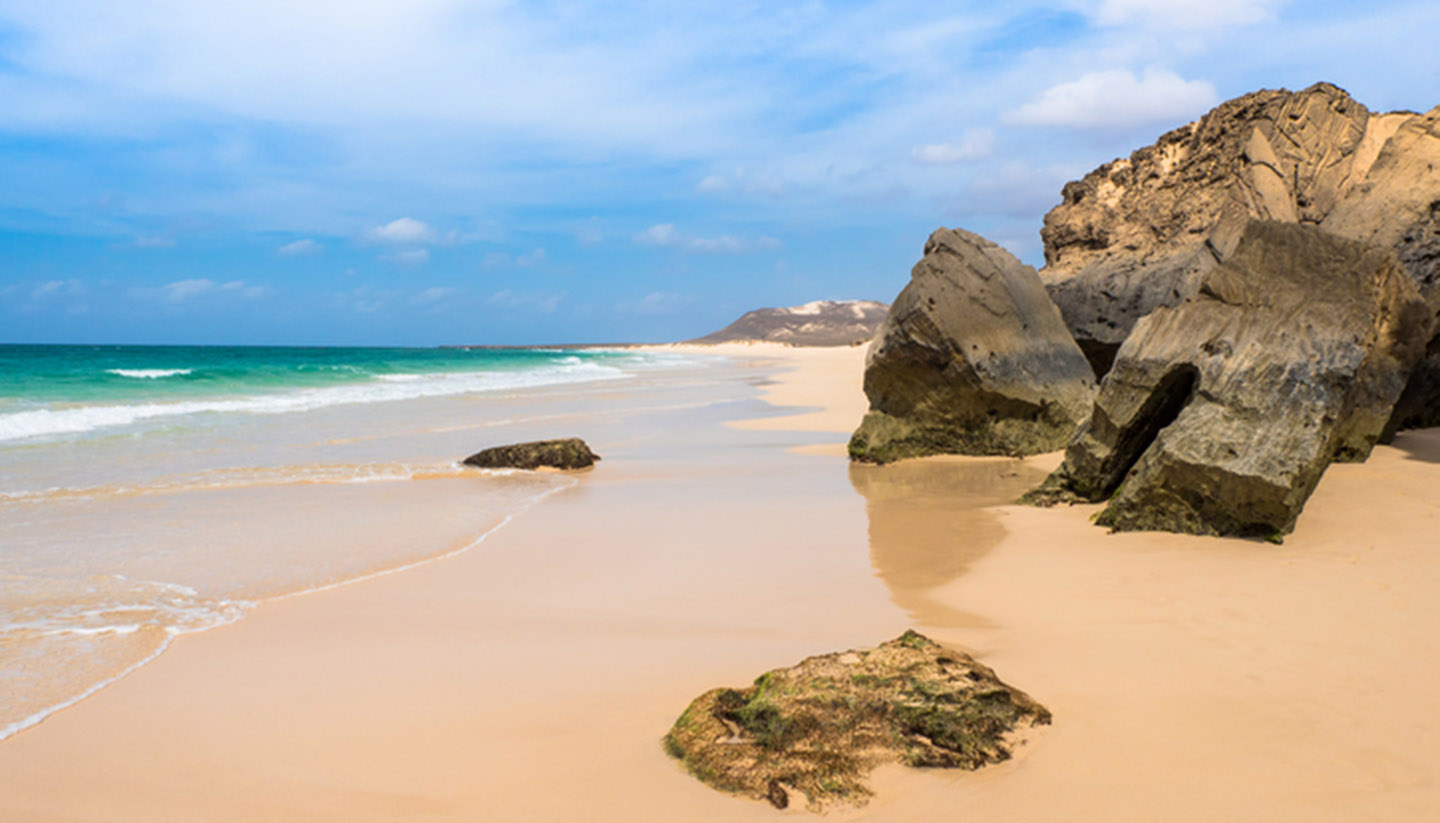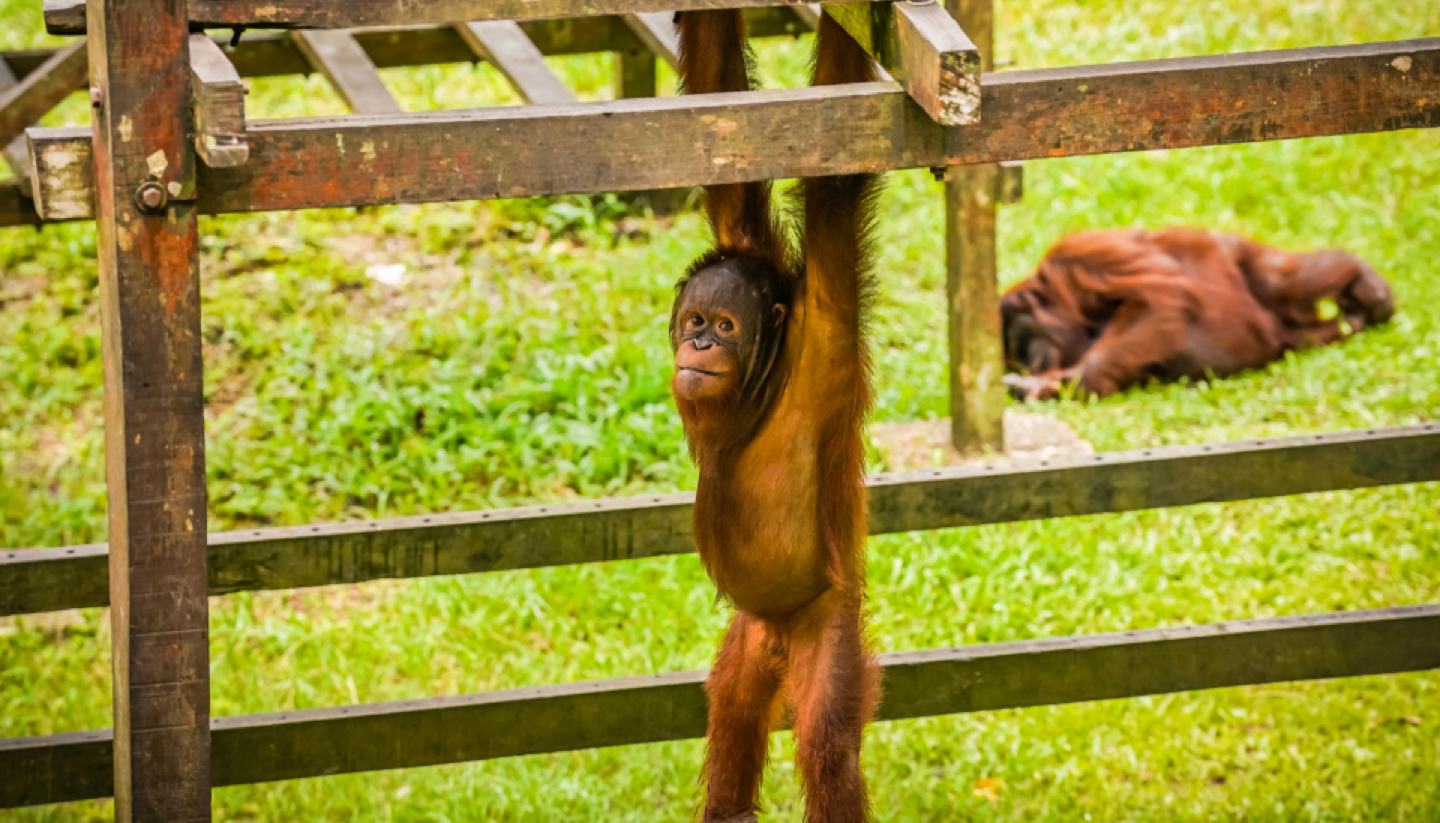Cape Verde Weather, climate and geography
Weather and climate
Best time to visit
Cape Verde's subtropical climate makes year-round travel pleasant and worthwhile. The islands experience a windy season (Tempo de Brisas) from October to mid-July and a rainy season (Tempo das chuvas) that lasts from August to September. The islands receive sunshine year-round with the longest days from March to May.
Windy season (October-July) average temperatures range between 25-29°C (77-84°F). This is the best time for surfing and other water sports in Cape Verde, and sea temperatures don't usually dip below 23°C (73°F).
During rainy season (August-September), high temperatures can break 30°C (86°F) so rainfall can be a welcoming relief. Sea temperatures are warmest during this period at 27°C (81°F).
The best time to visit Cape Verde is from February to June when the days are long and sunny. The temperature at this time averages around 23°C (73°F). Keep in mind that the windward islands of São Vicente, Santo Antão, São Nicolau, Santa Luzia, Sal and Boa Vista will be cooler than the leeward islands of Santiago, Maio, Fogo and Brava.
Required clothing
Lightweight throughout the year, tropical for midsummer. Nights can get chilly, so packing a lightweight jacket might help. Walking shoes or boots are appropriate for hikes.
Geography
Cape Verde is situated in the Atlantic Ocean, 620km (385 miles) off the West Coast of Africa and comprises 10 islands, 9 inhabited and one uninhabited, and five islets in two groups: Barlavento (Windwards) and Sotavento (Leewards). In the former group are the islands of São Vicente, Santo Antão, São Nicolau, Santa Luzia, Sal and Boa Vista, along with the smaller islands of Branco and Raso; the Sotavento group comprises the islands of Santiago, Maio, Fogo and Brava, along with the smaller islands of Rei and Rombo.
Land varies from island to island, but most have mountain peaks; the highest being Pico do Fogo, an active volcano on Fogo. The islands in the east are generally known for flat beaches and desert land. Western islands are rockier, with steep cliffs. Much of the land in Cape Verde is infertile and lacks minerals, which forces the country to import the majority of its food and goods. Wind and water erosion also make agriculture less sustainable, though much of the workforce lies in it.



